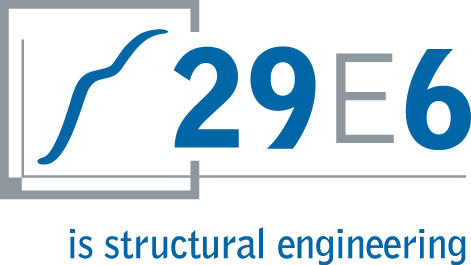It’s been a while since the cost of wood nearly quadrupled from pre-COVID levels in 2021. It was the first big story in the construction industry when the pandemic struck, and it affected every aspect of construction in America. So, where are we currently with the cost? And what can architects, contractors, and construction service providers expect in the near future?
The Recent History of Wood Cost
When we speak of wood, we generally mean both raw timber and engineered wood—plywood, veneers, laminated veneer lumber, and other wood products. The cost of raw timber didn’t change much during the pandemic, and the effects were more chiefly felt in engineered wood, whose prices rose up to 375% during the worst times.
What caused wood costs to spike so sharply? It was a combination of various effects of the COVID lockdowns:
- More people moved out of the big metropolitan centers and started working from home, causing a boom in renovation projects and increasing the demand for wood;
- Historically low interest rates likewise caused an uptick in new construction, both residential and commercial;
- The number of mill workers drastically dropped, reducing the wood supply. This caused a mass hoarding of wood to avoid supply chain interruptions.
Put simply, the production capacity of American mills was unable to meet the unprecedented demand for wood. This was primarily due to reduced, streamlined production attributed to market conditions a decade previous.
Where Are We With the Cost of Wood?
Our recommendations for the many ways architects, contractors, and developers
can deal with fluctuating wood and supply issues.
The Forecast
As of early 2023, the cost of wood has stabilized and nearly returned to pre-pandemic levels. People returning to work, rising interest rates, and Federal efforts to slow down inflation have resulted in a looming downtrend in construction projects.
It’s also notable that Americans are still moving out of the big cities, which will continue to drive new construction even as the downtrend continues.
One of the lesser-known yet more pressing issues affecting wood supply is the shortage of truck drivers. According to the American Truckers Associations, the country will be short of nearly 100,000 truck drivers by the end of 2023, and this number is expected to rise to 160,000 by 2030. Steel, wood, and other construction materials will keep competing for the same trucks for deliveries, which could mean costly project delays.
Our Recommendations
There are many ways architects, contractors, and developers can deal with fluctuating wood costs and supply issues. Here are some of our recommendations:
- Design structural members for efficiency. Engineers should use state-of-the-art technology to study lumber-specific reductions, taking into account repetitive member factors, coefficient of duration, and live load reductions. This ensures the most efficient sizes of wood members are used.
- Embrace the redesign. Redesigning has become commonplace in recent years owing to unexpected supply chain and material cost issues. Revisions are a part of the work now, and construction teams must find new, innovative solutions to streamline the design and redesign.
- Use raised slabs and slab-on-grade. Doing so will eliminate the use of wood frames for the first floor. We have seen several projects go this route. Of course, using a raised slab will mean more concrete formwork and more fill under the slab as well.
- Wood trusses. In my opinion, wood trusses are a great way to gain a more efficient use of lumber. Many of the framers on large custom houses often prefer stick-built framing.
- Pre-Fab. Pre-fab construction in general can also shorten lead times. Panelized trusses, structural elements, wall frames, and more let construction teams shorten project durations while maintaining efficiency and design flexibility.
- Early collaboration. Designing a cost-efficient building in the first place is a great way to prevent problems from cropping up later on. Early collaboration is key—when the construction, engineering, and architectural teams are on the same page, the project tends to be successful. (We at 29E6 provide a structural design charette at the beginning of every project to this end.)
What other ways are there to mitigate the volatility due to the high cost of wood? Let us know your ideas. In the meantime, click here to learn more about our design, construction, and support process.
by Andy Richardson

